Close Reading Book Study {Chapter Three}
If you haven’t picked up the text we will be using you can order it by clicking below! Also, if you are wanting an “instant” version you can also find the Google Play “ebook” version HERE.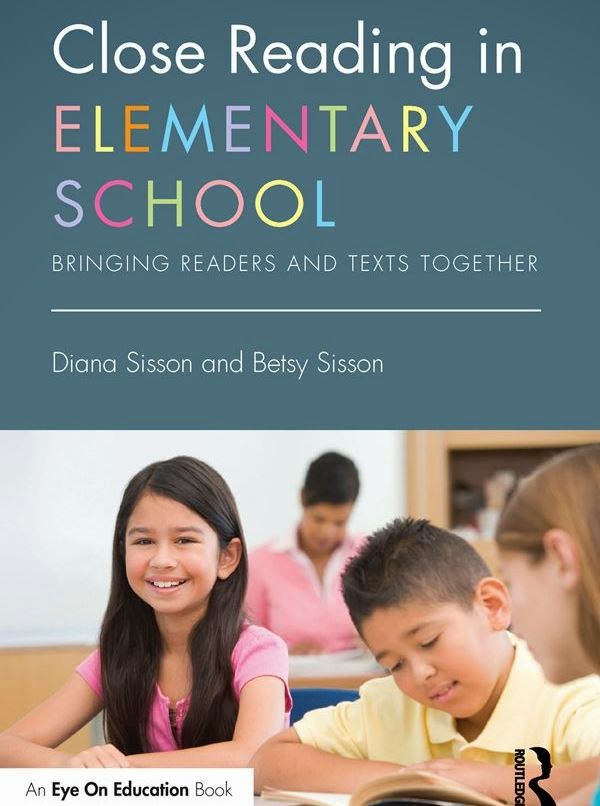
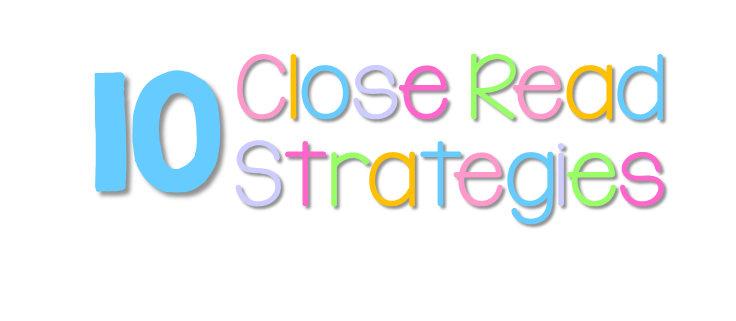
The ten close read strategies are;
(1) Choose your text
(2) Choose your purpose for reading
(3) Choose a model
(4) Decide how students will have access to the text
(5) Complete the cold read and present a task task
(6) Have a discussion
(7) Complete a second read and present a task

The authors reference making sure text is worthy of close reading. I honestly think you can do a close reading on anything! However, I believe they are implying if you are having a student led close read to make sure the students have plenty of “meat” to look closely at! They do offer a checklist on page 37 to help you find a student led text that is best for close reading! If you are using my Kindergarten close reads you can choose from the weeks to find the text you believe your students will connect with! Close read texts are great for integrating science and social studies into the classroom! 
What is my purpose of this close reading? I do believe this is an important step! After all…you have the students there and they are listening so closely… you want to make sure that you have a good purpose for them to acquire! I have named my “purpose” for the close read week as the essential question! You will see this on days three and four within my packet. However, in my classroom I place it on the whiteboard at the beginning of the week and we reference it everyday!
This text offers several close read models to follow according to the genre of the text. We will get to the difference models in the upcoming chapters! My close reads do follow the same model. I simply find it best for my classroom and the ease of teaching. The students know the routine and that helps us to get more in during our time!
For this step the authors discuss how your students will have access to the close read text. In this step they do reference for primary grades conducting a read aloud of the close read text. I personally think that in Kindergarten students want/need that read aloud. First off, I think they need to see our LOVE for reading. They need to see us modeling our expression and “mood” of the story. Also, I feel as though Kindergartens need a time of the day when they can “relax.” I don’t mean roll around on the carpet…but really enjoy reading/listening to read alouds. I do have full intentions of then going to the next step with my close reads this year and adding in close read during small group time. In Kindergarten this will not be right away…but we will get there eventually.
If you are a first grade teacher and are looking for student led close read resources {student led would be were the students are reading the text independently} you will want to check out Lyndsey’s close read packets! You can view those HERE!
Step five is the initial read aloud or also called a cold read! This read is the teacher simply reading or the student reading independently without any front loading of knowledge or stopping during the read. The authors reference that there should be a task or question to go along with the first read. I think both are a great idea! At the start of Kindergarten I will do simple turn and talks to discuss something new they learned from the book or a turn and talk to discuss any words they did not know. I hope to get to a more “advanced” questioning and have students possibly write their answers down! Step six is the discussion so you can see that sometimes the discussion is our task in Kindergarten! Kiddos learn so much by just sharing our their ideas and hearing their friends ideas! It really follows the close read idea- listening for something new each time. 
Steps seven and eight cover the second read! For me I like to focus on vocabulary on the second day. I feel as though vocabulary anytime is good…but I do like to give it a day before starting! As I read the second day the students’ task is to listen for unknown words. They will raise their hand if they here an unknown word and we will stop and discuss it! We will eventually get to recording our answers on a recording sheet as we read along. However, this will be later in the year for Kindergarten! As we read I also stop and will point out the words I have chosen. Below is a “mock” look at my vocabulary display for next year.
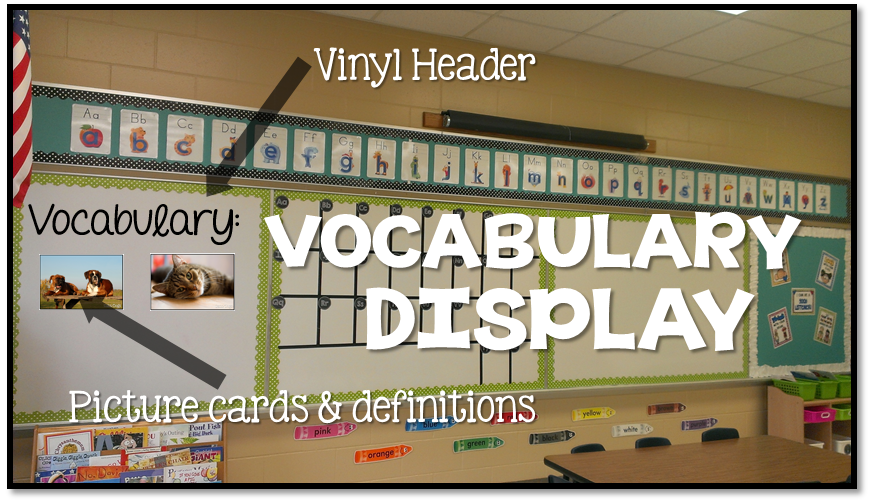
You will see I place the picture card on the display and I will of course label it with the word and definition! I like that it will be placed next to my word wall–really getting the kids to understand the importance of these words and that they can use them in their writings!

Steps nine and ten cover the third read! On the third day the students’ task is to discuss and answer text dependent questions from the book! I have the students follow a think-pair-share routine when answering most of the questions. This is my favorite days of the week when it comes to the close reads! I get to listen to the students sharing our their ideas and using phrases like, “the text said” or “In the text I learned!” It really IS exciting to see the kids blossoming! We have left the sit and listen to this story and gave the kids a PURPOSE!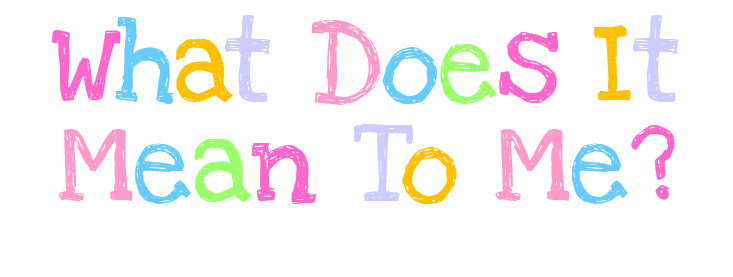
If you will be writing your own close reads aligned to your reading series, etc I would suggest following the ten above strategies! If you are using my Kindergarten close reads I have done most of the work already! As always, every classroom is unique so there are parts that you might want to tweak! Below is the schedule for the remainder of the summer!

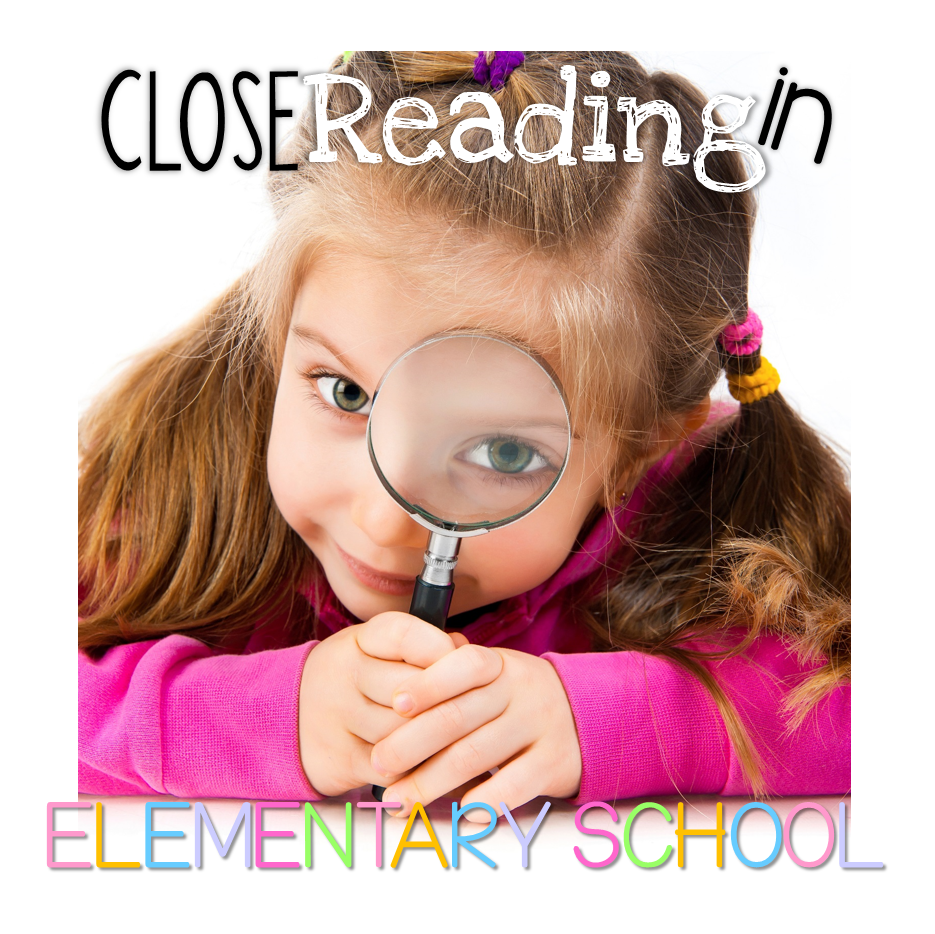
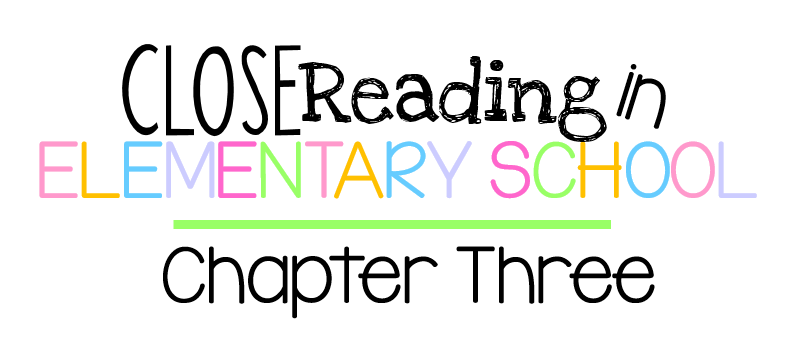
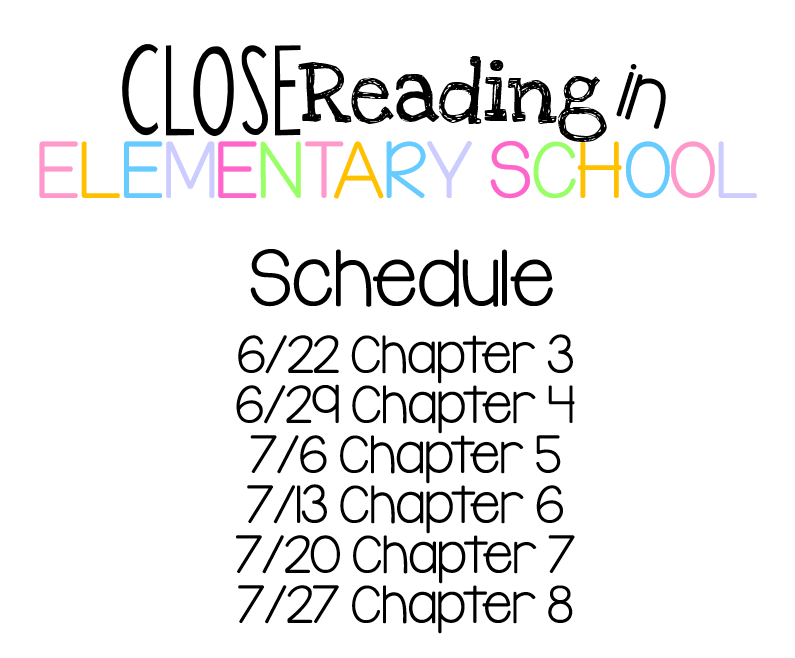
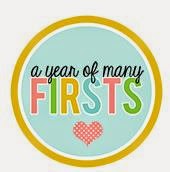
Love your vocabulary board!
Jennifer
First Grade Blue SKies
I love how you broke it down into chunks!!!!! Great post, friend! xoxo
Awesome post! Thanks for sharing your knowledge with us!
I got my book and want to catch up with you all, although this is my first book study. Perhaps you all could coach me along?
I just found your blog. Just a quick question, do you read the whole text everyday when doing close reading? I am fairly new to close reads ( I teach 1st grade) and I am a little confused.
Hey there! There really isn't a right or wrong way… but I read the entire text days one and two. Day one is a cold read which means you don't stop…read straight through. Day two we are reading to listen for unknown words. Day three we are working on text dependent questions so I just read the text that aligns to those questions. Day 4 we compare two texts {so you read an alternate text}. Day 5 is a wrap up day! 🙂
Tara
Thanks for your response and clarifification!!!! I will be purchasing your first grade close reading unit! I can't wait to use it next year!!!!!!!
Hey there Amy! Make sure you look at my FirstieLiteracy! It's the close reads but beefed up 🙂
Man!!!! I purchased it before I saw this! I may get the other eventually because it looks great!!!
all the technical KINGDOM777 solutions and staff we need for 에볼루션 카지노 operators who provide world